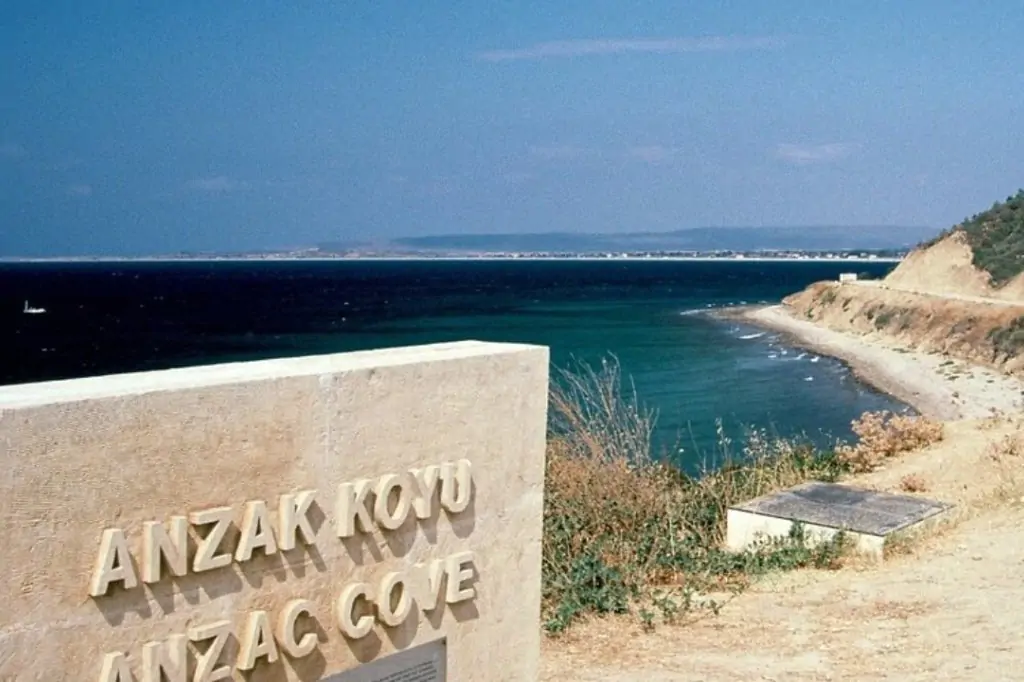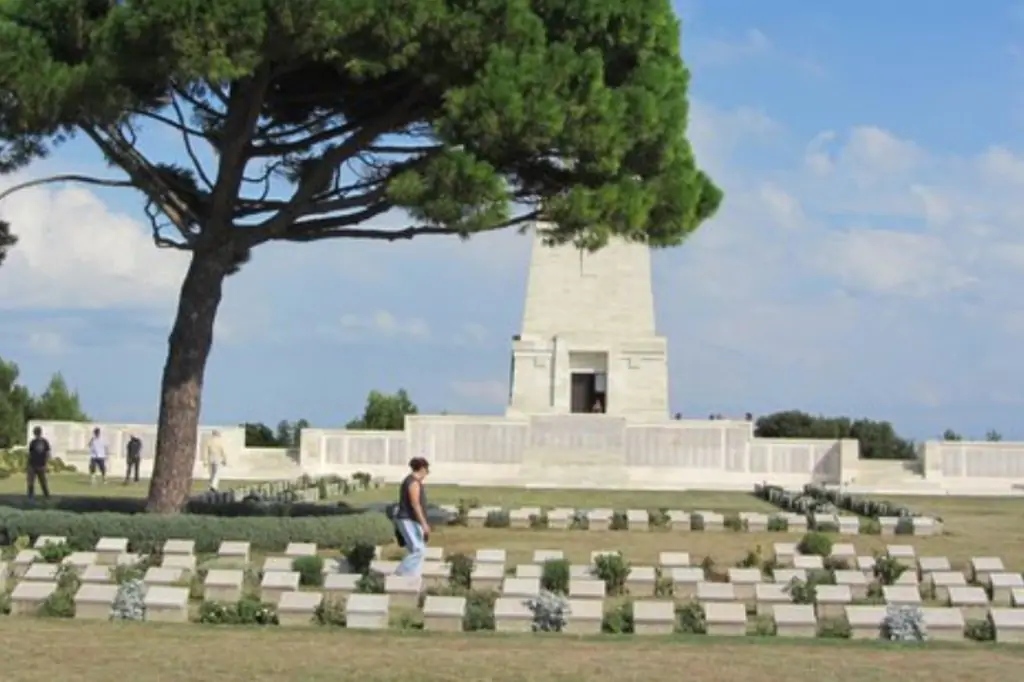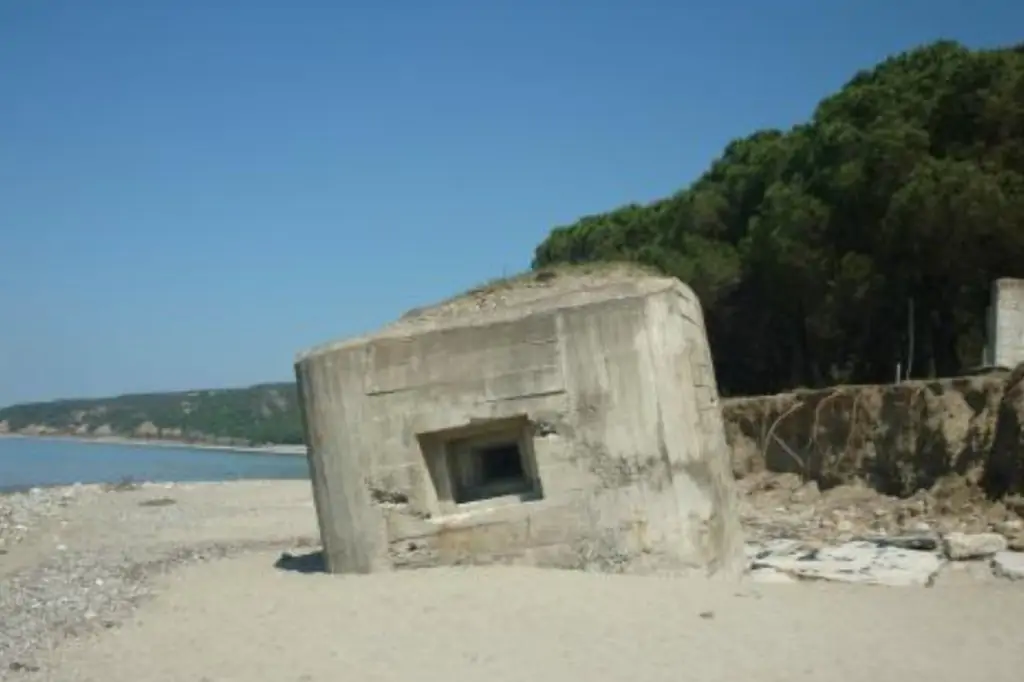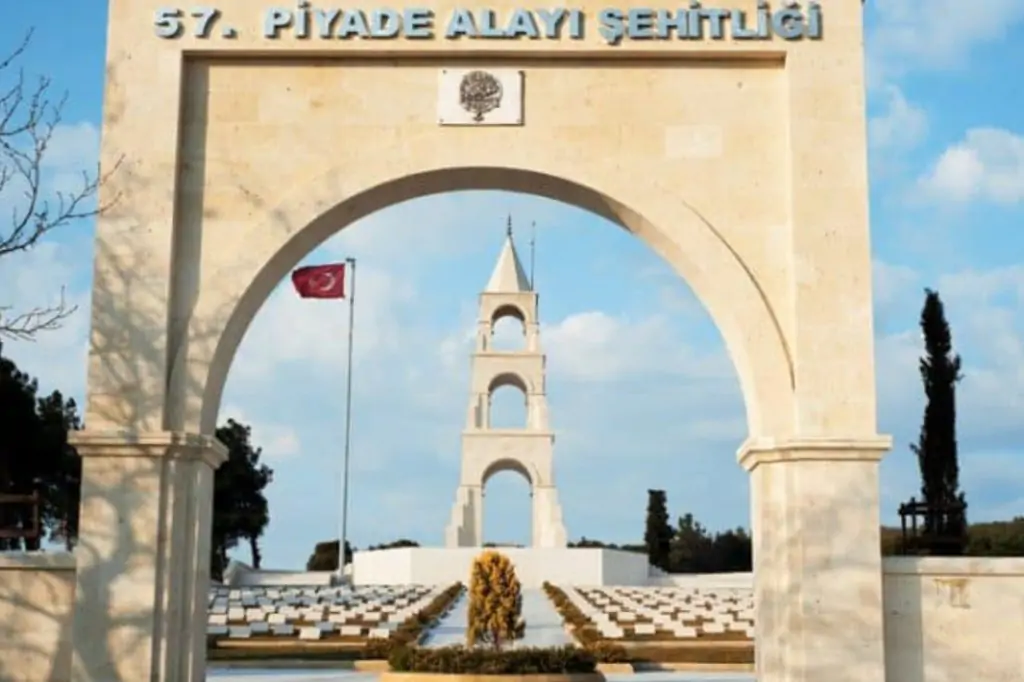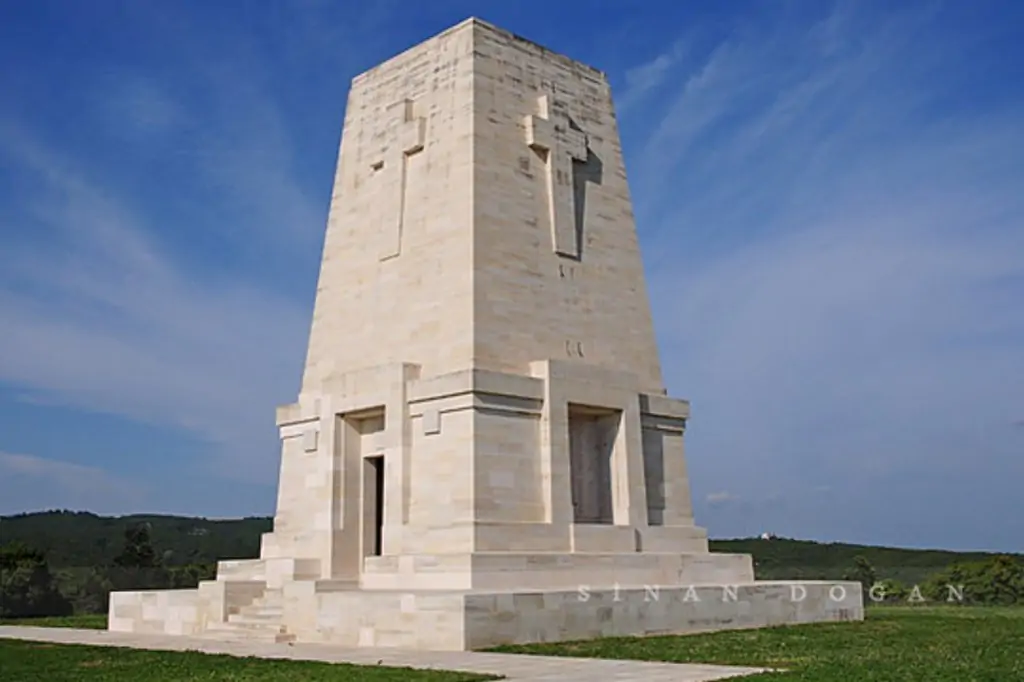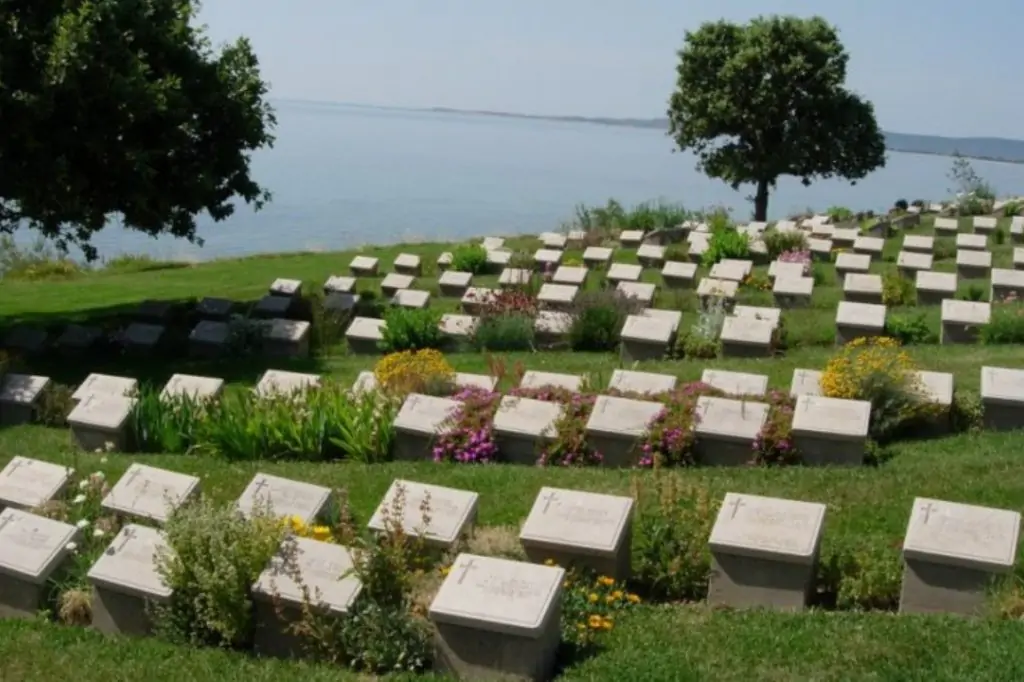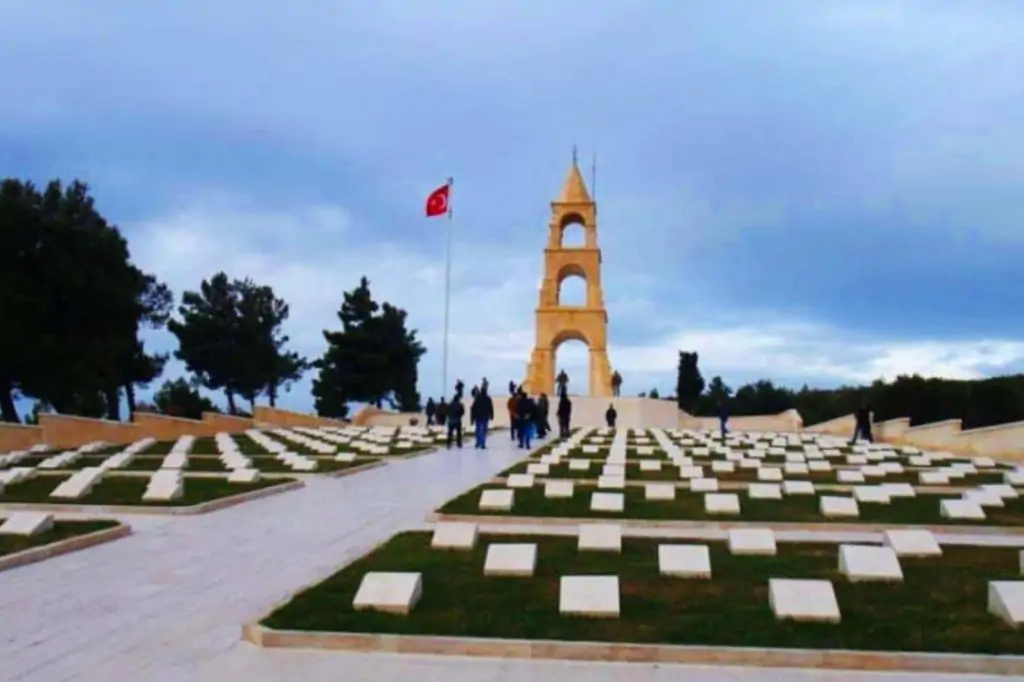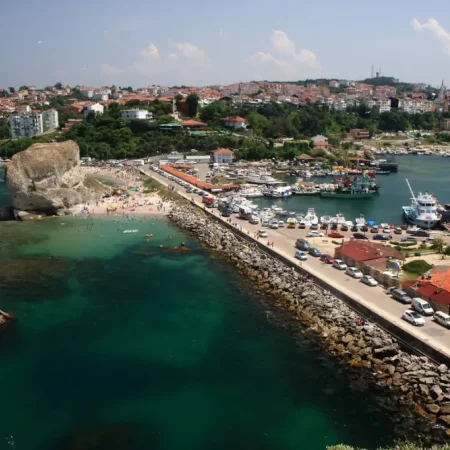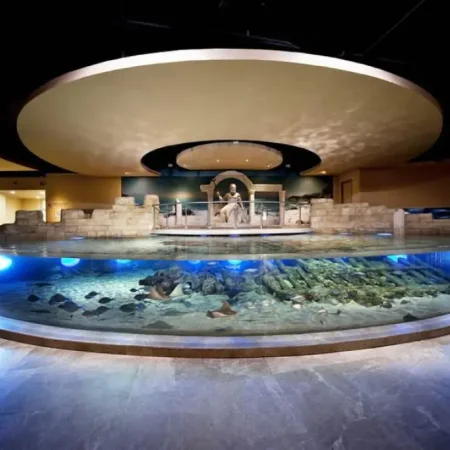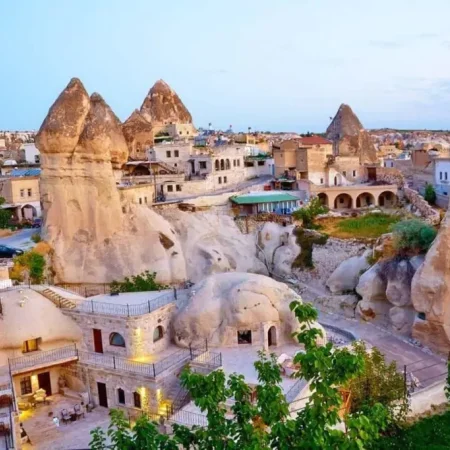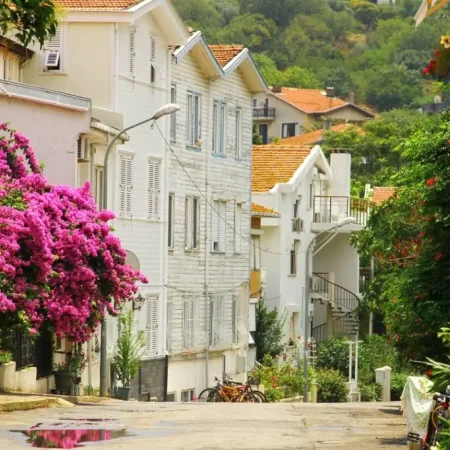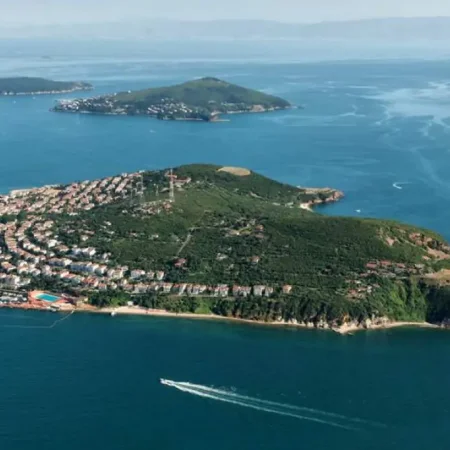Face to Face with History: A One-Day Gallipoli Tour from Istanbul
“In the Silent Witness of the Land, Tracing Courage and Sacrifice”
- The human stories that bloomed in the shadow of war still whisper in the winds of the Gallipoli Peninsula. Starting early in the morning from Istanbul, this one-day tour takes you not just on a geographical journey, but deep into the heart of history—into one of humanity’s most poignant trials.
- After being picked up from your hotel, you will embark on a scenic drive along the Marmara coastline towards Eceabat. This peaceful ride serves as a gentle preparation for the emotional encounter with the past. Upon arrival, enjoy a delicious lunch at a local restaurant before beginning your unforgettable guided exploration.
Brighton Beach
- Located in the southern part of the Gallipoli Peninsula, Brighton Beach was one of the initial landing sites planned by the ANZAC forces in 1915. However, a last-minute change redirected the landing to ANZAC Cove. Today, this tranquil beach allows visitors to reflect on the chaos of the landing and the strategic decisions made during the early stages of the campaign. It offers a quiet, thought-provoking setting.
Beach Cemetery
- Situated just south of ANZAC Cove, Beach Cemetery is the final resting place of many ANZAC soldiers who fell during the Gallipoli Campaign. Among them is Private John Simpson Kirkpatrick, a legendary figure in Australian history known for rescuing wounded soldiers with his donkey. The cemetery’s peaceful design and sea views provide a stark contrast to the devastation of war.
ANZAC Cove
- On the morning of April 25, 1915, the Australian and New Zealand Army Corps (ANZAC) landed on this narrow and rugged coastline. ANZAC Cove has since become one of the most iconic symbols of the Gallipoli Campaign. Soldiers faced steep cliffs and heavy fire, enduring grueling conditions. Today, the cove represents not just a battlefield, but a powerful symbol of peace, sacrifice, and enduring friendship.
Ari Burnu Cemetery
- Located at the northern edge of ANZAC Cove, Ari Burnu Cemetery contains the graves of many ANZAC soldiers who died during the first days of the campaign. Each headstone tells a personal story of a young life lost, offering visitors a deeply emotional and reflective experience. It is a place where shared historical pain is intimately felt.
ANZAC Commemorative Site
- Established in 2000, this site hosts the annual ANZAC Day dawn service held every April 25. Thousands of visitors from Australia and New Zealand gather here to honor their ancestors. With its respectful design and solemn atmosphere, the site fosters a sense of unity and remembrance. Atatürk’s famous words—“they are now our sons as well”—echo powerfully here.
Mehmetçik Statue
- Located along the road to Chunuk Bair, this statue represents the Turkish side of the war. Depicting a proud Turkish soldier with a rifle slung over his shoulder, it symbolizes the bravery, resilience, and patriotism of the "Mehmetçik" (Turkish soldier). This site reminds visitors that the battlefield held not only enemies, but shared human stories.
Lone Pine Australian Memorial
- The Lone Pine battle, fought between August 6–9, 1915, was one of the bloodiest engagements on the peninsula. This memorial honors the 4,900 Australian and over 2,000 Ottoman soldiers who died there. Surrounding the memorial are numerous graves and inscriptions for unknown soldiers, offering a sobering insight into the scale of the loss and tragedy of war.
Johnston’s Jolly (Trenches Area)
- This area is one of the rare sites where Turkish and ANZAC trenches lay only meters apart. Preserved and restored, these trenches allow visitors to physically walk through history, experiencing the terrifying proximity and harsh conditions of trench warfare. Johnston’s Jolly offers a powerful, tangible connection to the psychological toll of the conflict.
